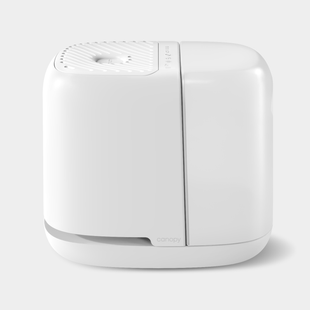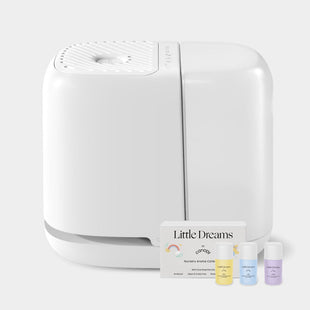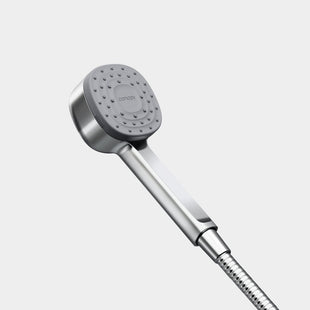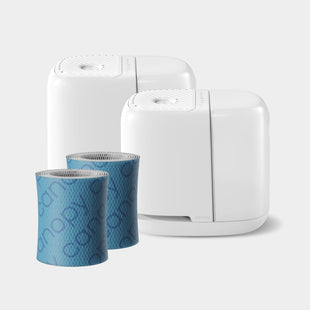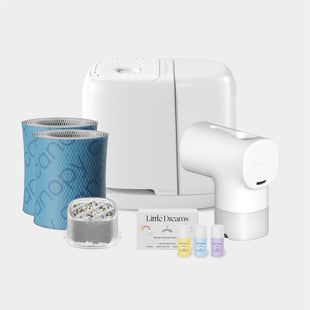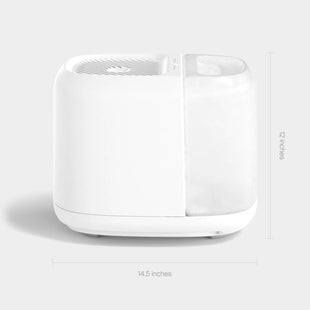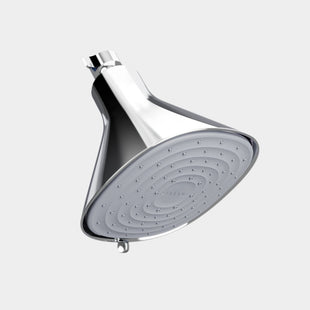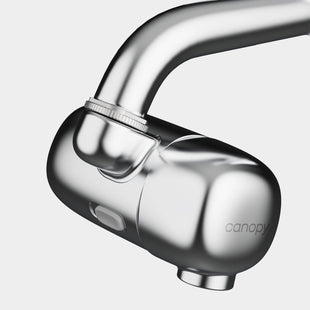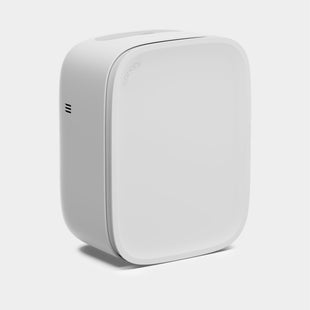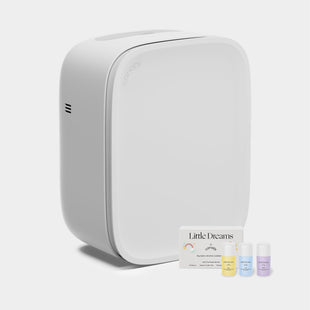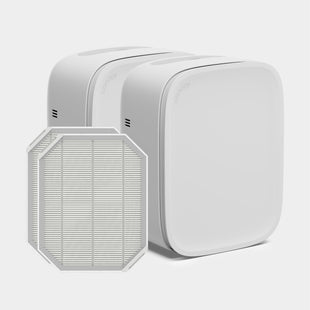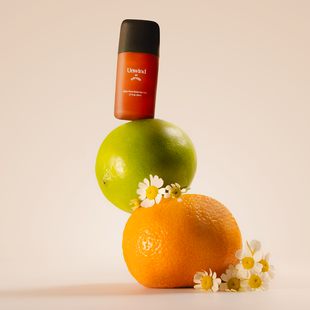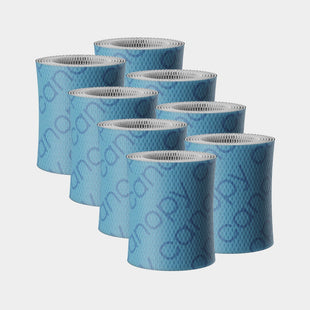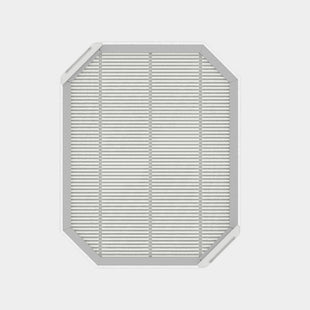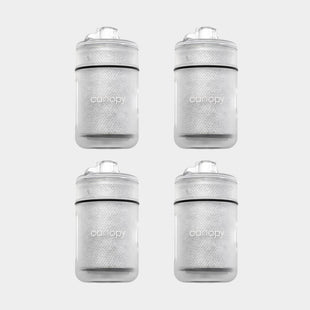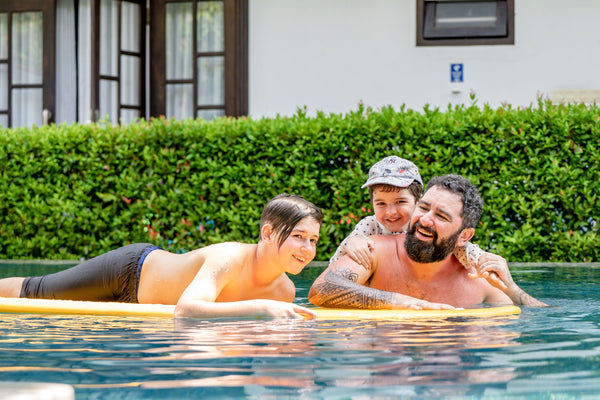This content has been reviewed and updated on July 31, 2023.
Pool days are a popular summer pastime. Whether you’re in the backyard or at the rec center, swimming is a great way to cool down in the sweltering heat. In addition to pool floaties and flip-flops, the scent of chlorine is basically a pool day essential.
The familiar-smelling chemical is a common disinfectant. In fact, chlorine tablets are the treatment method of choice for 60% to 70% of residential in-ground and community swimming pools. Chlorine removes health-harming bacteria and other dangerous microorganisms. Although the chemical makes pool water safe for swimmers, its inclusion comes at a cost. The effects of chlorine on skin and hair are wide-ranging. How does exposure to chlorinated water lead to bad hair days and irritated skin? Read on to find out, plus tips to limit these aftereffects.
What Are the Effects of Chlorine on Skin?
Dry skin from chlorine is a common side effect after a swim. The chemical eradicates natural oils in the tissue, which leaves the protective outer layer (or “skin barrier”) unable to lock in moisture and keep pores closed to ward off pollutants. An itching sensation might accompany the dry flakiness.
When swimming is part of your daily routine, you won’t have “poreless” glassy skin for long. Although the laps build strength and stamina, chlorine alters the size of the small openings in the epidermis. Pores expand to accommodate chlorine molecules, which are larger than water molecules.
Because chlorinated water is drying and damages the skin barrier, individuals with eczema-prone skin or psoriasis might experience flare-ups after exposure. Excess dryness can also exaggerate the look of fine lines and wrinkles.
How Does Chlorine Affect Hair?

Whipping back wet hair when you emerge from the water is definitely a mermaid moment. Unfortunately, the effects of chlorine on hair can ruin the fantasy. Chlorine exposure causes hard minerals in pool water to oxidize, which could turn naturally light and bleached hair green.
If seaweed-hued hair isn’t bad enough, chlorine also sucks natural oils, lipids, and amino acids from the strands, leaving them dull, straw-like, and more likely to break.
What to Do Before & After Chlorine Exposure
The good news is that there are ways to create a protective barrier between chlorinated pool water and your hair and skin. Slather skin in a jojoba or argan oil-based moisturizer, as it’s tricky for chlorine molecules to penetrate the protective layer of skincare. Opt for an oil-based sunscreen for the added benefit of UV protection.
Rinse hair in tap water as part of your pre-swim routine, too. The water molecules leave little room for chlorinated water to enter your locks. For additional protection, apply a leave-in conditioner and wear a swimming cap.
Thinking about skipping the shower after a swim? Think again. That post-swim shower is your opportunity to wash away chlorine. Using unfiltered tap water is a no-no because it’s also treated with chlorine. Instead, shower with a filtered shower head that uses granular activated carbon, KDF-55 (a copper and zinc mixture), and calcium sulfite to de-chlorinate the water supply.
Canopy is your choice for reimagined household devices that effortlessly optimize your home for beauty and wellness, from your bedroom oasis to your active family spaces. And we’re ready to help you upgrade one of the most important parts of your routine—the shower. Our new easy-to-install filtered shower head reduces dissolved minerals, added chlorine, and other contaminants in your household water, providing clean water that supports healthy skin and hair. Say goodbye to dull skin, brittle hair, and flaky scalp and hello to healthy skin and scalp and longer-lasting hair color.


